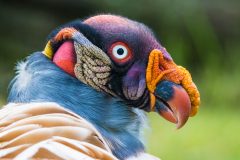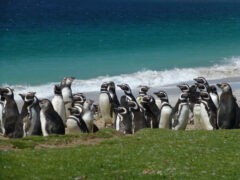
Head of Product Stuart Whittington tells us about his time at Caiman in Brazil’s Pantanal and the incredible work being done by the team at the Onçafari Jaguar Project.
The Onçafari Jaguar Project is the first of its kind in Latin America. Set up ten years ago by Mario, a former professional racing driver who fell in love with African safaris as a young child, it’s a non-profit organisation whose aim is to promote conservation through tourism, rewilding and research and generate far-reaching associated benefits for the region. Being Brazilian and having a love of big cats, it made sense for Mario to bring the African safari concept to his native Brazil and the project’s main focus is on the habituation of jaguar (onça) in Brazil’s Pantanal.
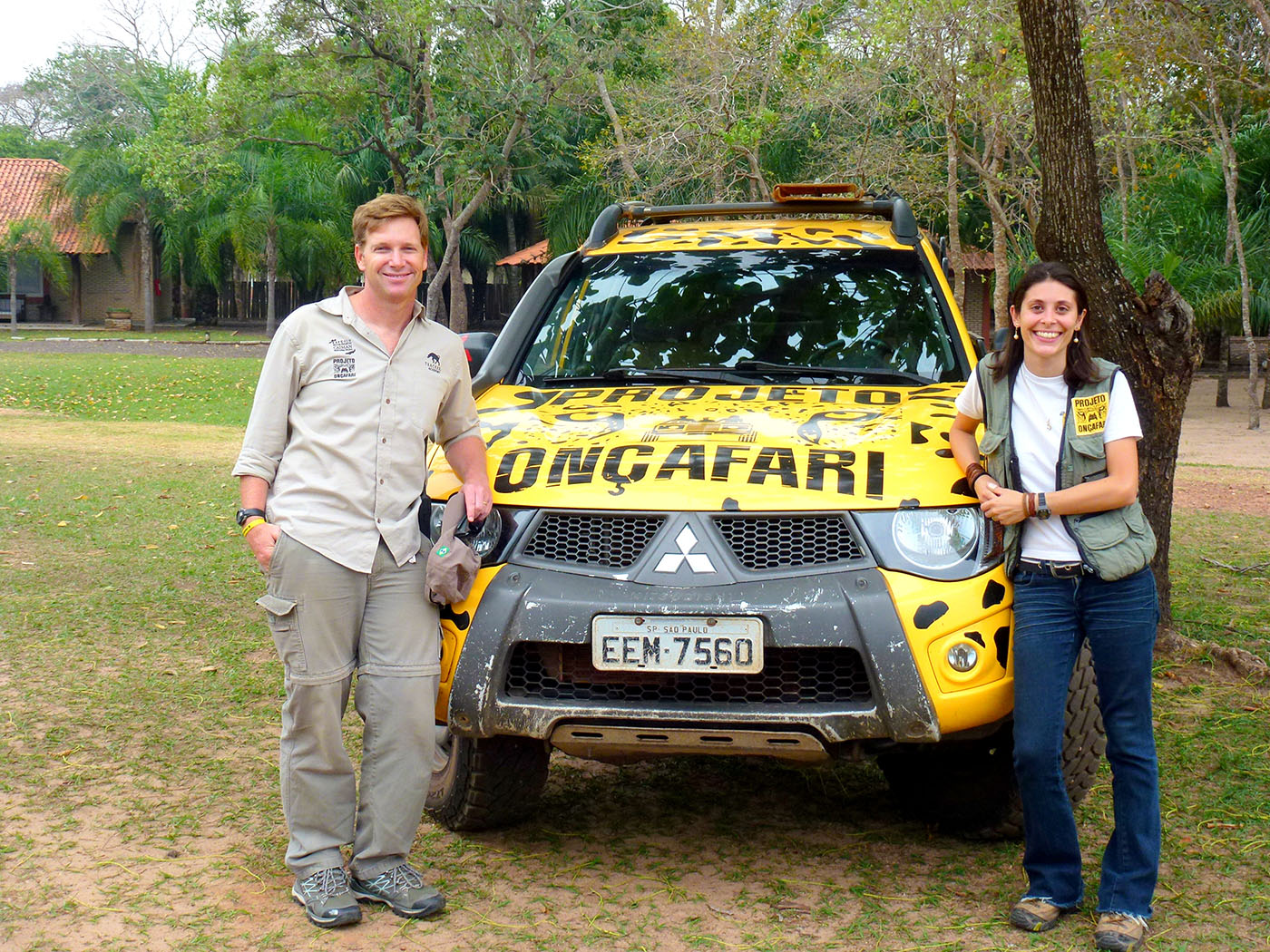
Why here?
Caiman and Onçafari have a symbiotic relationship: the property covers a large, safe and pristine area of some 53,000 hectares and with nature-tourism being well-established (other conservation projects include the Hyacinth Macaw Project), basing the jaguar project here was a natural choice.
And the relationship seems to be going well: there are now approximately 70 jaguars in the area, they have registered more than 200 jaguars over the past 10 years and most of the Onçafari-tagged jaguars seem to stay within the property and the surrounding buffer zone. Every jaguar spotted is given a name and has its own unique story: Houdini, for example, always manages to escape the project’s traps and Guido The Surgeon is famed for his clinical kills.
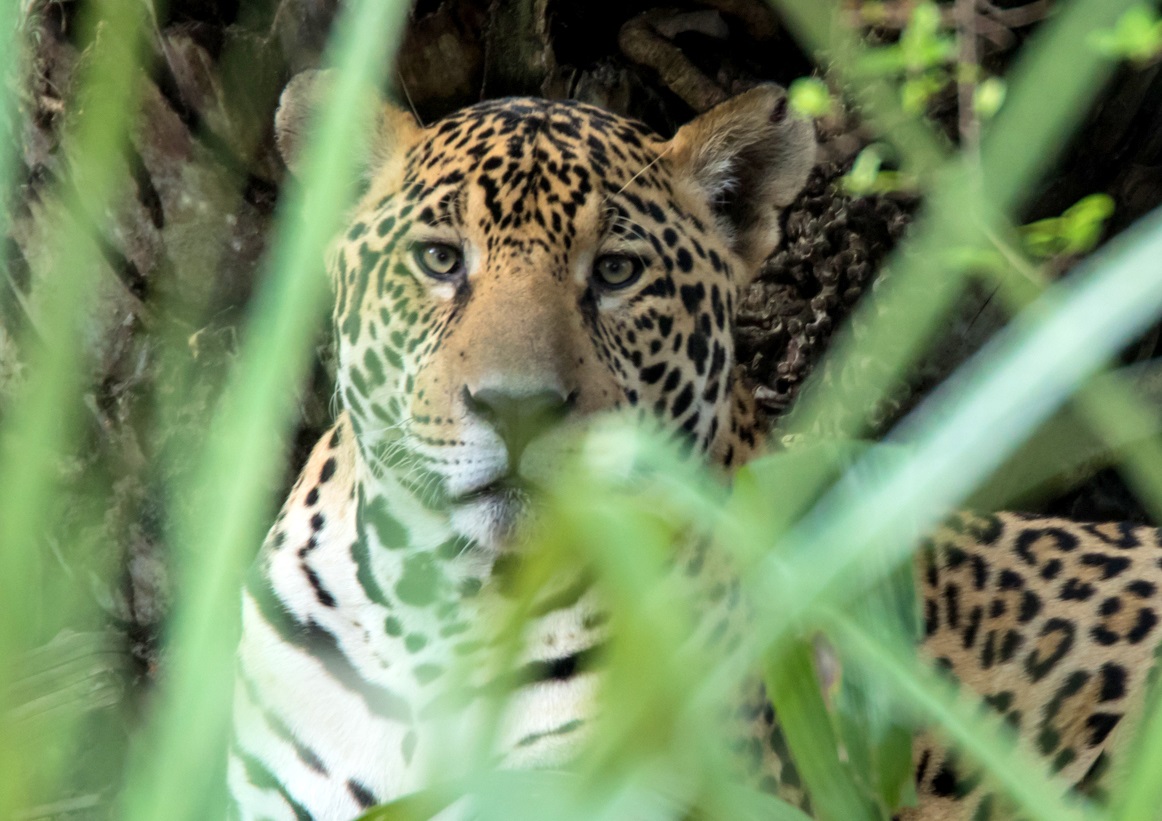
Onçafari’s projects
Habituation
This is one of the project’s key activities since the overall aim is to increase the opportunities for tourists to see these magnificent creatures. It is implemented by locating jaguars and parking a car nearby so they become used to it being there. So far, results show that the jaguars are relaxed when they are near vehicles and are less inclined to move away.
Camera traps
There are currently some 80 camera traps on site which aim to capture the jaguars’ movements, helping to build up a picture of their lives.
Radio tracking
The project currently has 7 jaguars collared for radio tracking. The collars are self-releasing and are working well. Once set up, a satellite records the host’s location signal once per hour and the data is sent to Onçafari HQ every 24 hours so the team can get a good indication of the jaguar’s movements and habits .
Rehabilitation of orphaned cubs
This project began when two jaguar cubs were left orphaned two years ago. The cubs’ fascinating story was told by the BBC in an outstanding documentary called Wild Brazil, which was narrated by David Attenborough and aired in September 2016.
Conservation-based tourism
Through a donation to the project, a not-for-profit organisation, all guests staying at Caiman have the opportunity to spend some time with the Onçafari team and attend a classroom-based presentation on their work in the area. Guests also have a chance of spotting jaguar in the wild as part the general excursions during their stay – this is assisted by the Onçafari team who will call up Refugio Caiman’s guides to let them know the whereabouts of jaguars that have been spotted in the area, increasing visitors’ chances of seeing them.
Jaguars and the community
In an area of vast farmlands where income is largely based on livestock, jaguars have been at odds with humans for generations. Farmers often hunt to protect their livelihoods and trophy hunting is not uncommon (jaguar skins continue to be high in value). In Brazil, it is only a crime to be caught with a jaguar’s dead body, not to kill one. Mario and his team believe that if locals can see a financial value to the presence of jaguars, part of the battle may be won.
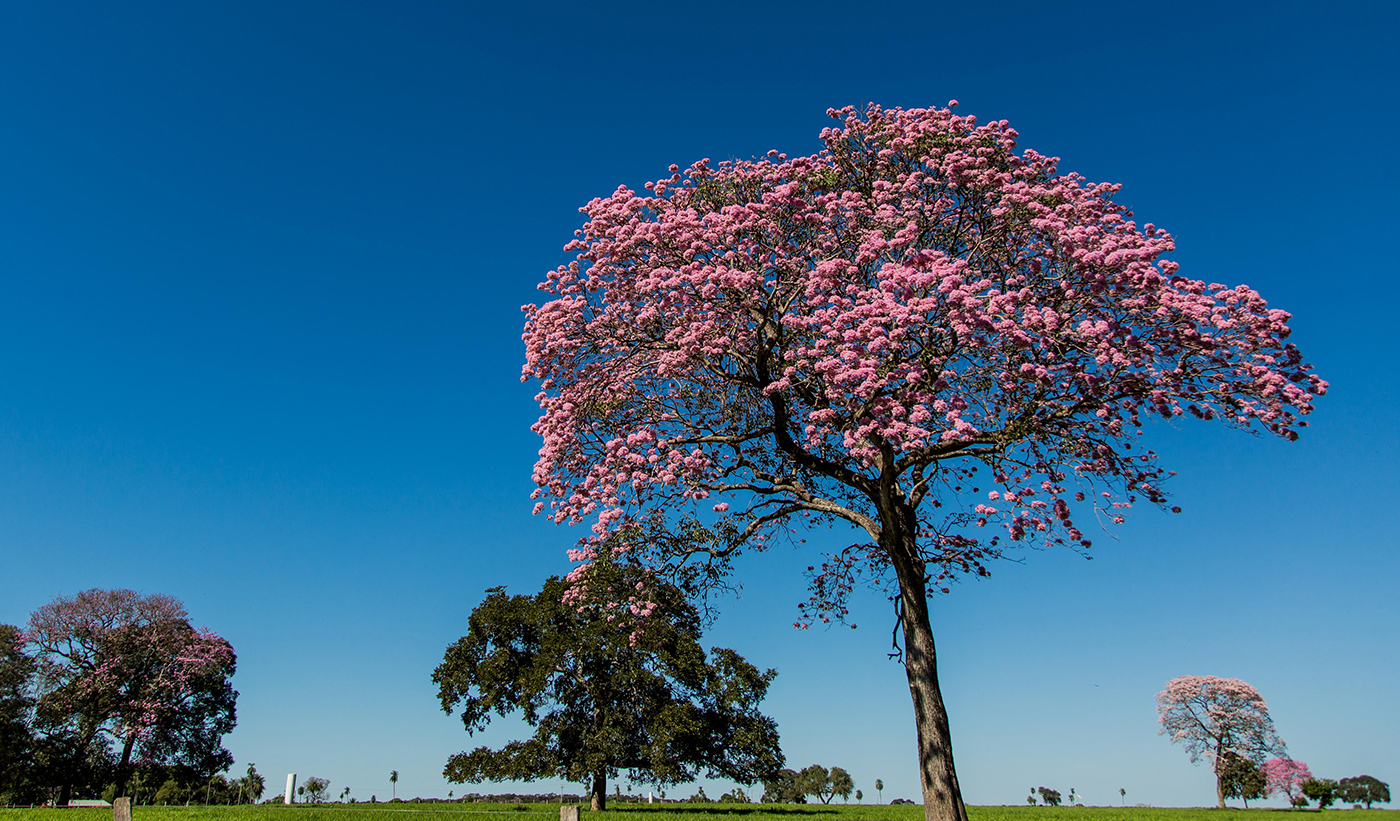
Results so far
Overall the project has had a positive impact on the wildlife, environment and landowners of the region as well as tourists’ experiences: in 2021, 99% of Caiman’s record number of visitors saw one or more jaguars. The best month to spot jaguars varies but good sightings occur throughout the year.
Caiman has endeavoured to include the local community in its work: they employ some 20 cowboys to take care of the 16,000 cattle that graze across its 53,000 hectares of land and the hotel side of the business employs 60 staff who have good salaries and many of whom are qualified or are learning new skills.
The Onçafari team believe that an increase in the number of people that see an inherent value in the jaguars’ presence in the region will improve future conservation efforts. Mario says, “… At the end of the day, the more people who know and like jaguars – you never know – they may end up doing something to help save jaguars.”
Onçafari has already expanded into nearby areas and set up similar projects across Brazil. They now operate in 4 different areas of the Pantanal, 2 areas in the Atlantic Forest, one in the Brazilian Cerrado at Pousada Trijunção and in 2 other properties in the Amazon Rainforest. They have also expanded to work with pumas and maned wolves, both with ecotourism and rewilding as well as the reintroduction of Jaguars as far as Argentina.
Would you like to learn more about Latin America’s wildlife? Why not browse our range of wildlife holidays or read about what wildlife you can see where?
Jaguar image provided courtesy of Harvey L Brown.
Tailor-made holidays
Flexible, custom-made holidays to Latin America created to match your exact requirements: our tailor-made itineraries are as unique as the clients for whom they are designed.
Design my tripPapagaio
Your edit for Latin American inspiration
Our exciting range of articles on Latin America explore everything from iconic destinations and lesser-known cultural gems to delicious traditional recipes. You’ll also find exclusive travel tips, first-hand client reviews and the chance to get your personal questions answered by our travel experts.
View Extraordinary Inspiration
